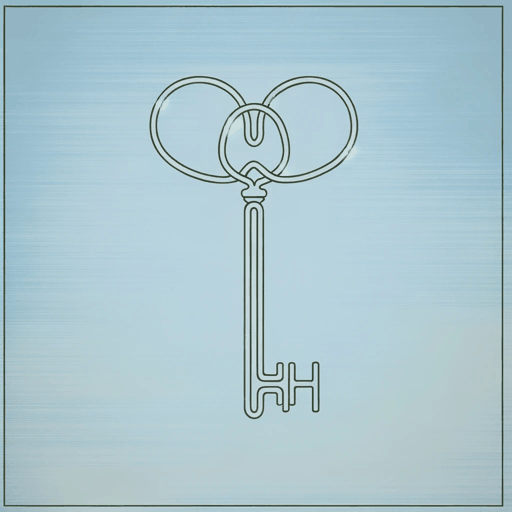50 pages • 1 hour read
Ahdaf SoueifThe Map of Love
Fiction | Novel | Adult | Published in 1999A modern alternative to SparkNotes and CliffsNotes, SuperSummary offers high-quality Study Guides with detailed chapter summaries and analysis of major themes, characters, and more.
Summary and Study Guide
Overview
The Map of Love is a 1999 work of literary fiction by the Egyptian novelist Ahdaf Soueif. Critically acclaimed, the novel was a finalist for the 1999 Booker Prize. This guide refers to the 1999 Anchor Books edition.
The Map of Love is driven by a series of fabulous coincidences. In 1997, Isabel, a young American woman, contacts Amal, a middle-aged Egyptian who is mourning the dissolution of her marriage and the alienation of her faraway children. Isabel has in her possession a chest of heirlooms from her great-grandmother, Anna, a Victorian Englishwoman who started a new life in colonial Egypt after her first husband’s death.
It transpires that Isabel found Amal through a connection with Amal’s brother Omar, a conductor who has lived for a long time in America. In the first of many coincidences, it turns out that Isabel is Omar and Amal’s distant cousin; their grandmother was Anna’s sister-in-law. Isabel has fallen in love with Omar and is using a research project on differing world reactions to the impending millennium to explore Omar’s history and family.
Isabel brings Amal the chest of heirlooms, and Amal begins her own obsessive research project, reconstructing Anna’s history through the artifacts and diaries she finds in the trunk. Several parallel stories develop. Amal, who has been isolated and lonely, finds herself caught up in fighting government oppression on her family’s ancient land in the Egyptian countryside the same way that Anna and her beloved Sharif (Amal’s uncle) resisted colonial and internecine warfare at the turn of the century.
Anna’s story develops through her letters and journals, through the account of her sister-in-law Layla, and through Amal’s imaginative reconstruction of her life. At first a timid and oppressed woman of her times, Anna finds herself through a journey to Egypt. Disguised as a man, she rides out into the country without permission and is kidnapped by political dissidents. Layla and her brother Sharif are part of this group, and when they discover that Anna is a woman, they offer to escort her back home to avoid political catastrophe. Layla and Anna strike up an immediate friendship, and on their shared journey, Sharif and Anna fall deeply in love. They agree to marry against all cultural norms, have a child, and become involved in the political turmoil of their times, advocating for a free and independent Egypt and standing up against both colonial rule and sectarian violence within the country. This resistance is at last their downfall: An unknown enemy assassinates Sharif.
Meanwhile, Isabel discovers that her beloved Omar, who is many years her senior, was once in love with her own mother, Jasmine, who dies of Alzheimer’s. Omar is concerned that, considering the timing, he might even be Isabel’s father. This does not put a damper on Isabel’s love; she associates herself with Anna, imagines Omar as Sharif, and begins to have mystical experiences that suggest a deep linkage between these people of the past and future. Omar is more hesitant, and Amal does not believe in Isabel’s visions; nevertheless, Isabel falls pregnant and has a son, whom she names Sharif.
Amal finds herself pulled back into the life of her family and her country, though she resists an aggressive courtship from an old friend, Tareq. By the end of the book, she is deeply touched by her reconstruction of her family’s history and finds herself both involved in local politics in the village of Tawasi and in taking care of little Sharif. There’s some sense that Omar, who has been travelling in dangerous parts of the Middle East, may—like the elder Sharif before him—not come home. Amal finds peace in the sense that, regardless of what happens, she and her whole family are caught up in the inescapable, and often beautiful, web of history. The titular “map of love” suggests many of the questions that the book investigates, including how love crosses and delineates boundaries.

